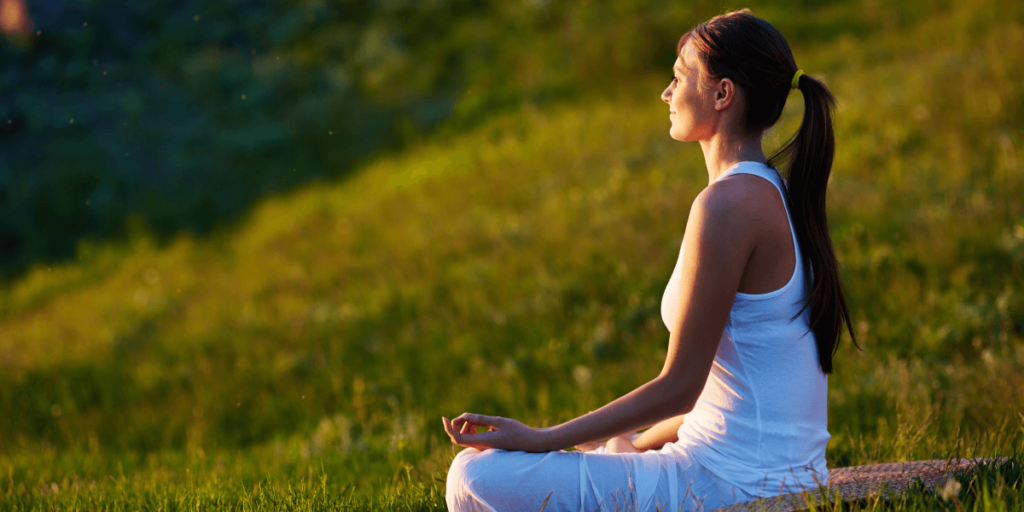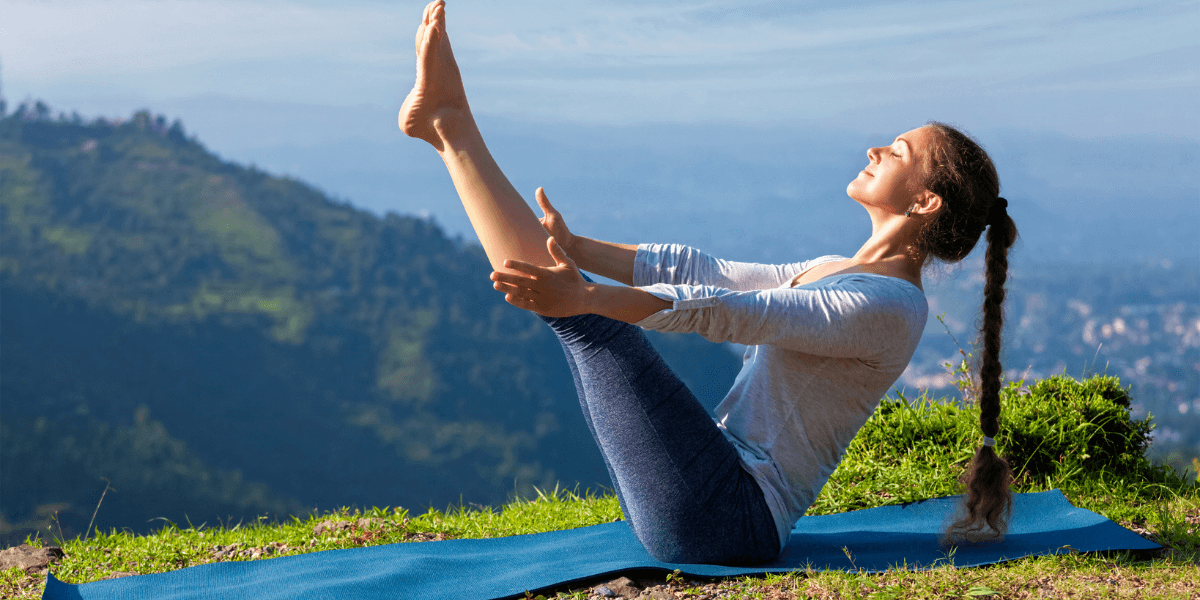Yoga is one of the best ways to stay healthy and feel great, regardless of your age or fitness level. If you’re new to yoga, however, it can be difficult to know where to begin. It’s okay because we are here for you. Don’t be intimidated; with a few simple tips and reminders, you’ll be well on your way to enjoying the interesting and fun yoga for beginners’ workouts.
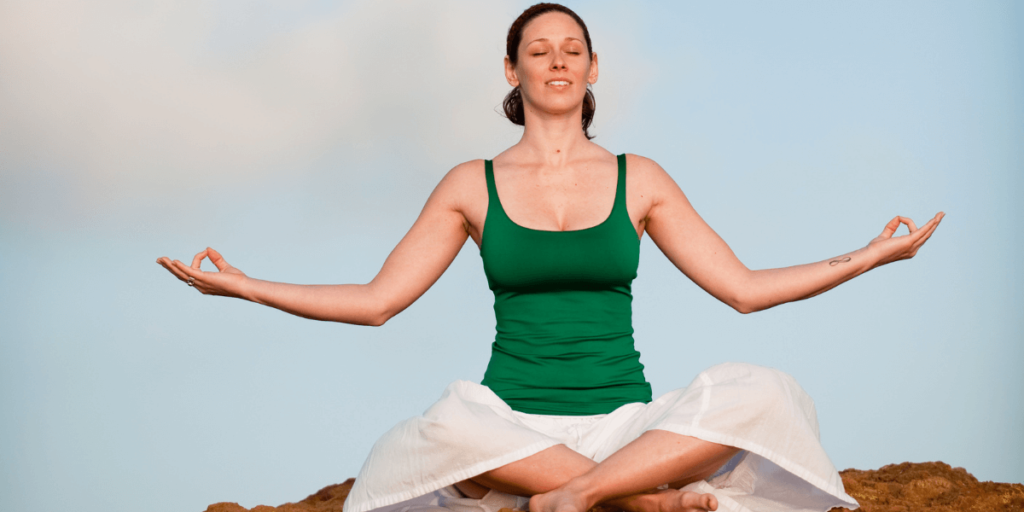
Being Open
Yoga is more than just a physical activity. It’s a method of dismantling the barrier that exists within you. Allow yoga to come in and do its own thing. There will be no separation between your thoughts and your current state if you live in a state of union, also known as yoga. That means that there will be no whining or wishful thinking about how things should or should not be. The point is, in yoga the most important thing to consider are your body, an open mind, and an open heart.
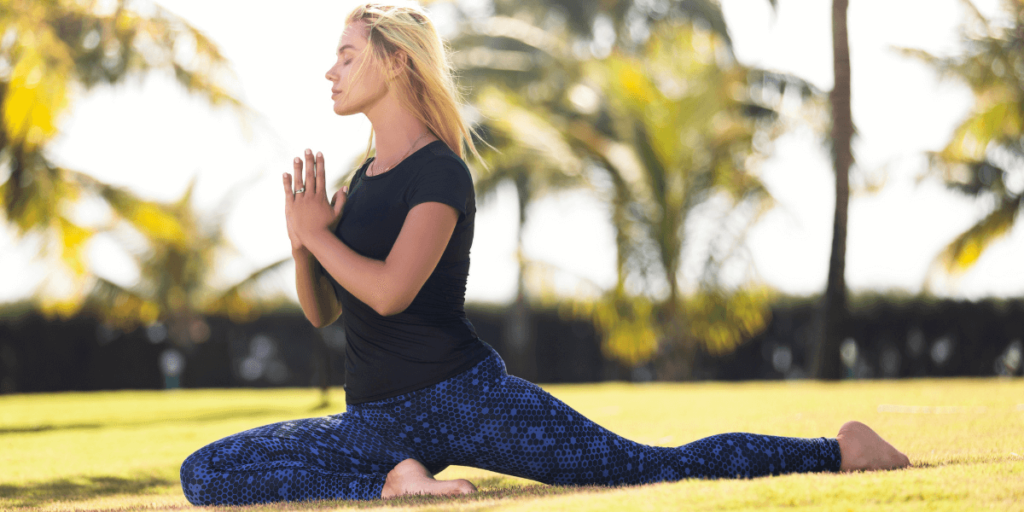
Let Go Expectations
“It looks easy on youtube- why can’t I do it?”
“I should be able to extend my legs a bit more”
“I thought it would be simple, but why is it so difficult to perform?”
Expectations are indeed everywhere! Making us feel bad about ourselves. But hey! It’s okay. Doing yoga for the first time should begin within our soul and of course our mentality. Once you’ve established the proper mindset, the practice will flow naturally, beautifully, and safely. Just focus on the core of what you’re doing, not the extraneous fluff.
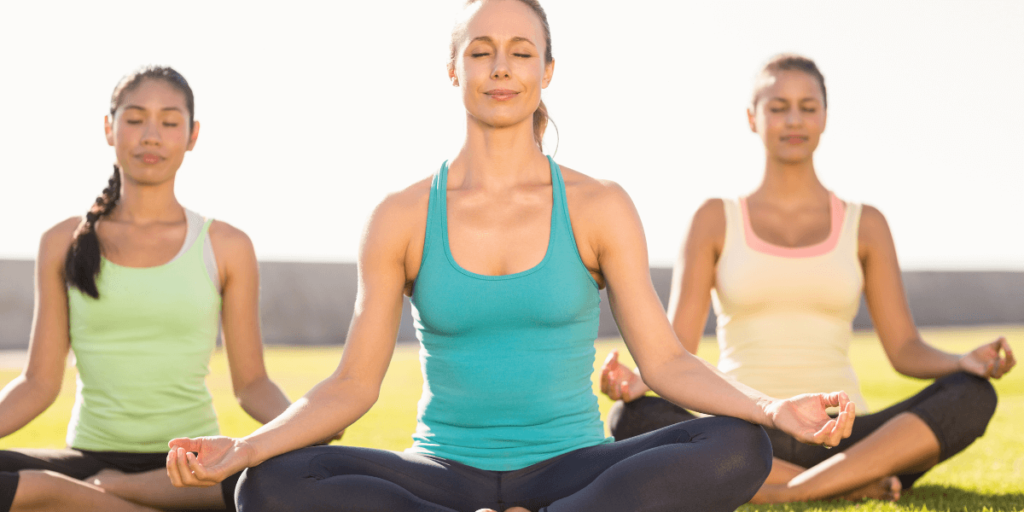
Understand the Meaning of Yoga
Yoga is about breathing, gaining inner power through meditation, and generating freedom in the body through basic yoga postures, not about extraordinary flexibility or contorting your muscles and spine into creative forms. So, instead of focusing on reducing weight or bending over backward (both of which will happen eventually), recognize that yoga is a method and a way of life.
Decide Your Yoga Type
When looking for your ideal yoga class, you must first ask yourself, “What do I want to achieve by doing yoga?” Anything you’d like to cultivate, for example, gaining strength, losing weight, stress management, pain relief, can be the reason for starting this exercise.
There are a variety of yoga styles to choose from depending on your goal. Some examples of guidelines can be found below.
- Gain stability and mobility with Iyengar yoga.
- Lose Weight with Bikram Yoga
- Integral yoga can help you become more centered.
- Develop spirituality with Jivamukti yoga.
- Improve self-acceptance and compassion with Kripalu Yoga.
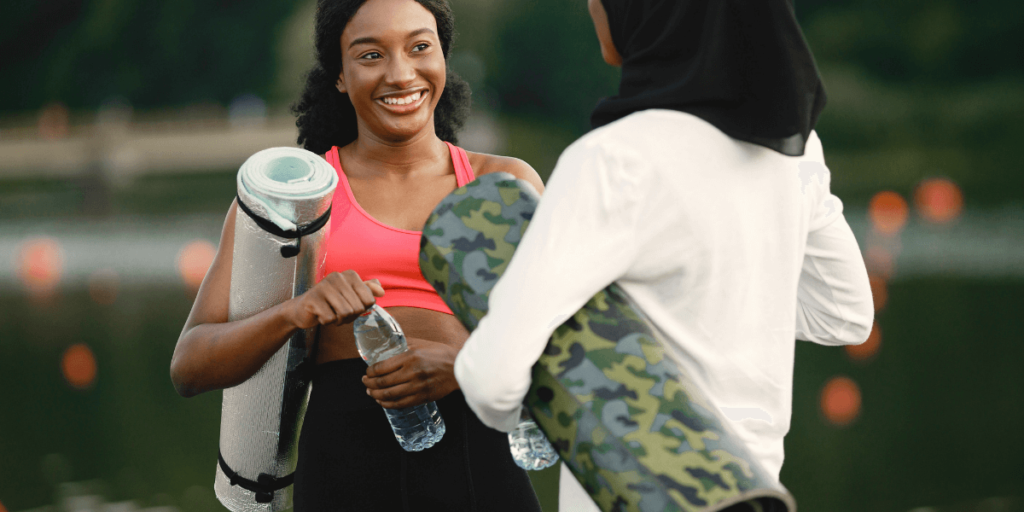
Prepare the Following Equipment
- A breathable, form-fitting top that won’t hang over your head when you’re upside down.
- Breathable, flexible bottoms like yoga pants or shorts
- A yoga mat that is designed to give you grip and stability while practicing.
- A towel is optional but recommended for those who sweat a lot.
- Bottled water to stay hydrated
Blankets, blocks, straps, and bolsters are not necessary to purchase, especially if you are just starting at a yoga studio.
Perform Basic Yoga Poses
You can begin to mindfully experiment with yoga poses for beginners once you feel ready for the physical side of your yoga practice. So, no matter where you start, whether it’s at a local yoga studio or with an online yoga video, begin with the yoga poses listed below.
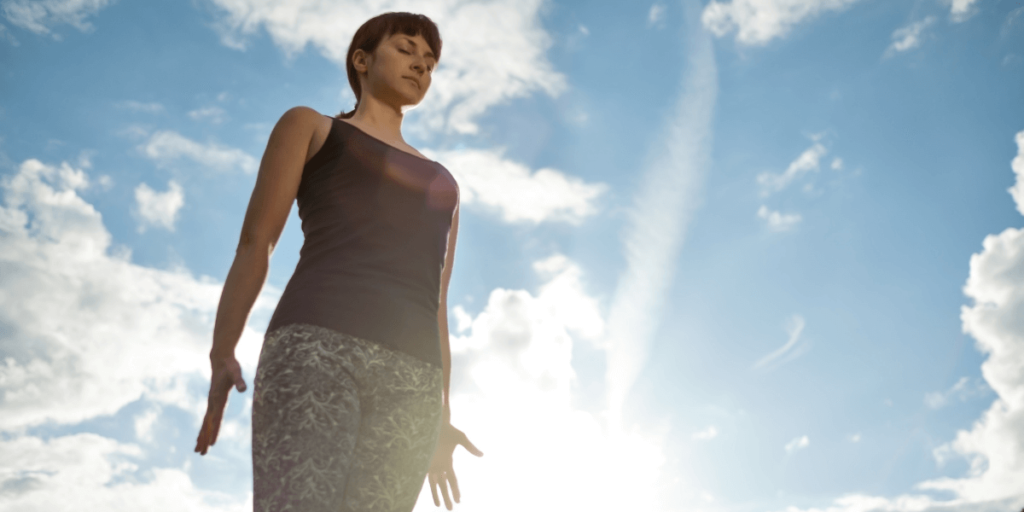
Mountain Pose (Tadasana)
Mountain Pose can increase the success of good posture and balance.
Step(s): Stand on your feet, press your shoulder blades into your back, and stretch your hands beside your torso to achieve the pose
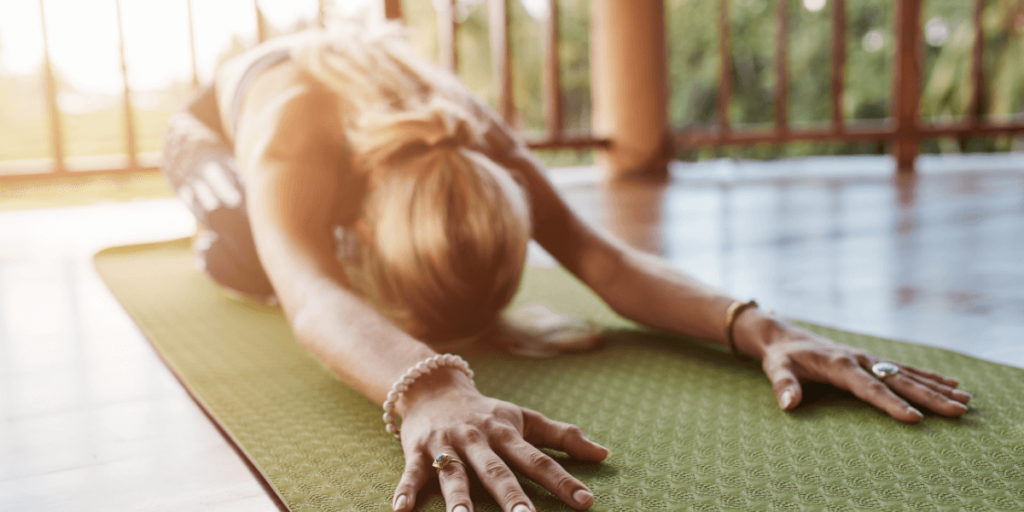
Child’s Pose (Balasana)
Child’s Pose is a must-do in every yoga class. It is the most effective pose for refocusing between postures.
Step(s): Kneel on the mat with your arms stretched out in front of you to achieve this pose. Stretch your back so your face touches the mat in front of your knees with your palms on the mat.
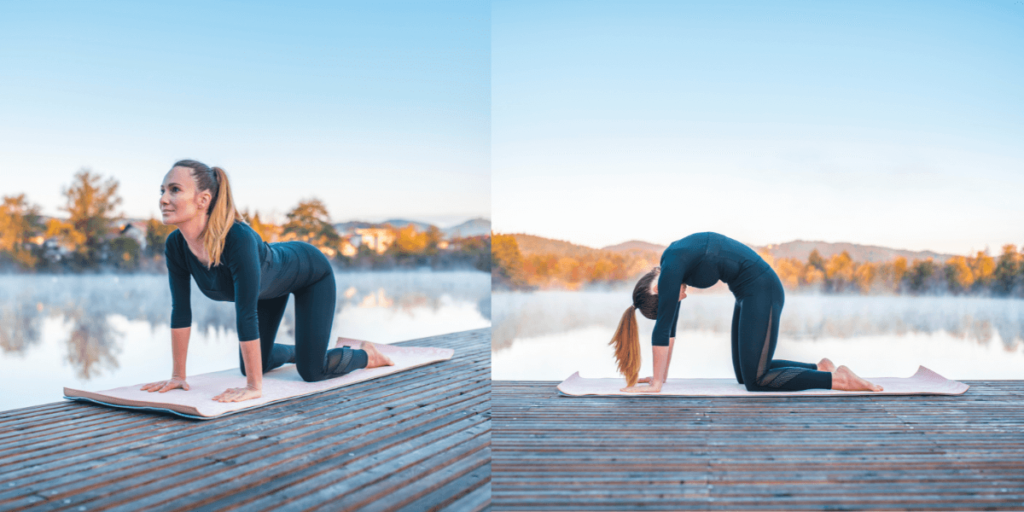
Cat/Cow Pose (Marjaryasana to Bitilasana)
These fused poses are especially beneficial for relieving back and arm aches. Kneel in a tabletop position on the mat to achieve the pose.
Step(s): Simply take a deep breath and arch and lower your back. Cat Pose is achieved by raising and arching your spine. You’re in Cow mode when your belly button is lowered and your head is raised.
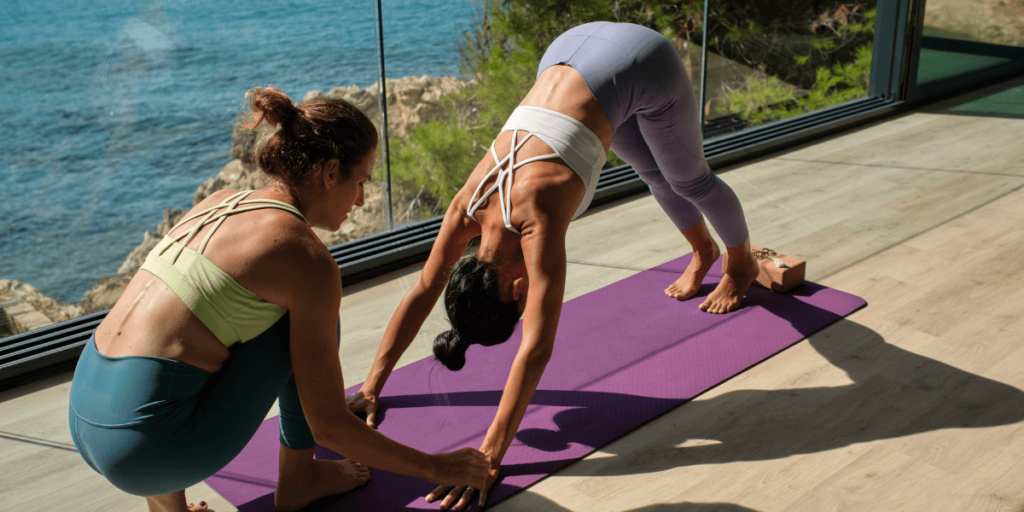
Downward-Facing Dog Pose (Adho Mukha)
The ideal pose for strengthening your shoulders, arms, and spine is Downward-Facing Dog. It’s also a natural back pain reliever.
Step(s): Place your feet and palms on the mat and lift your hips as high as you can while pressing your heels into the mat to achieve this pose. Lift your hips up and back several times for best results, making sure your palms are evenly distributed.
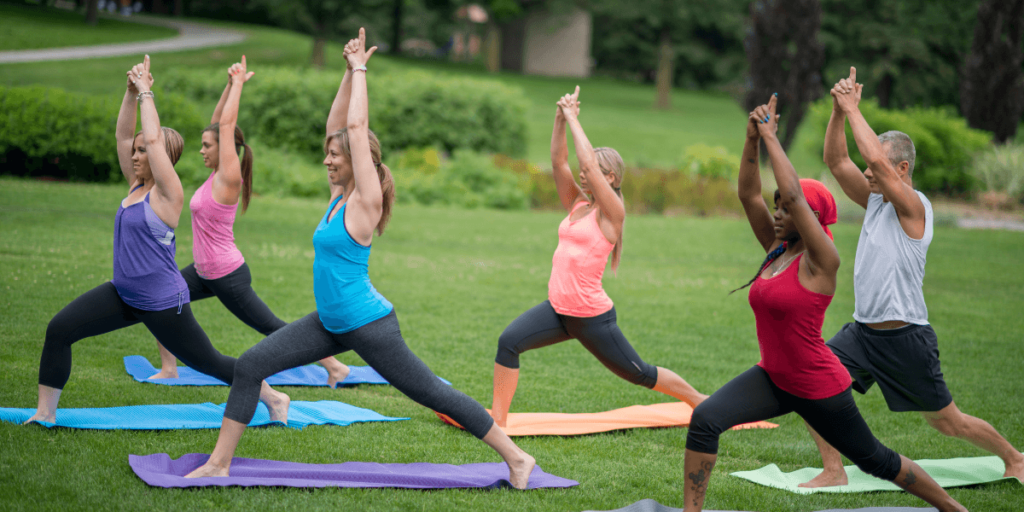
Warrior I Pose (Virabhadrasana I)
Warrior I is a standing pose that promotes good posture and stability.
Step(s): It’s done by standing on the mat with your feet spread as wide as possible. Then, with your arms raised above your head, bend to one side until your thigh is parallel to the mat.
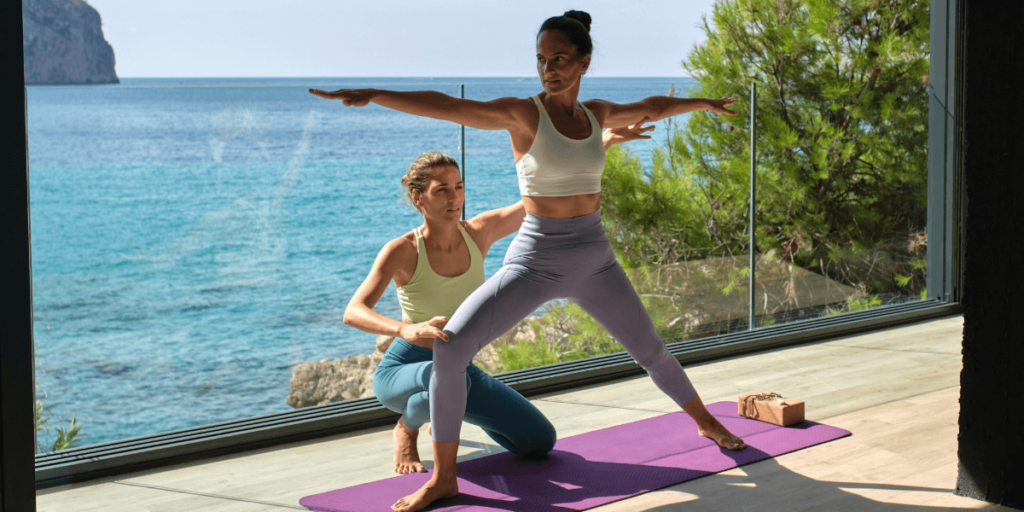
Warrior II (Virabhadrasana II)
Warrior II, the next pose in the series, can help with concentration and stability problems.
Step(s): Maintain the Warrior I position while stretching your arms side to side until they are parallel to the ground.
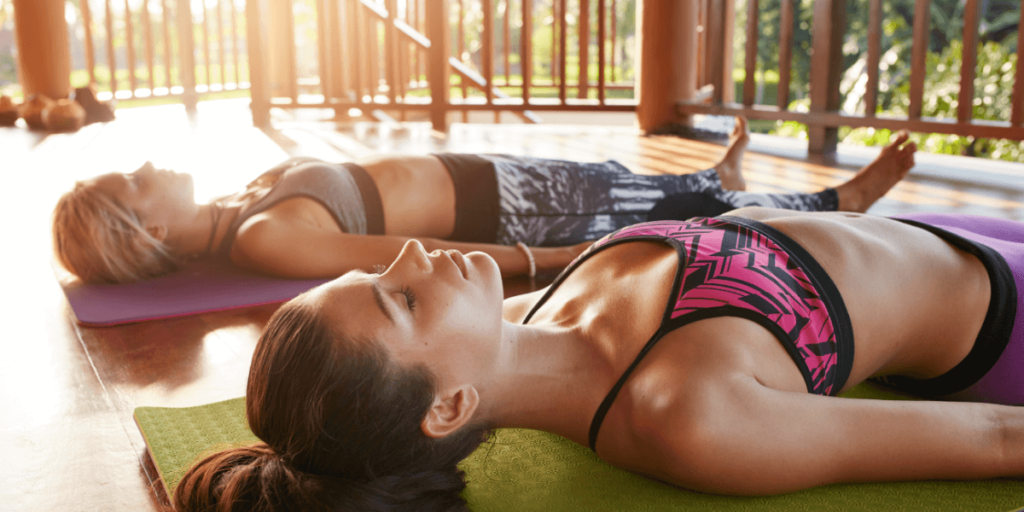
Corpse Pose (Savasana)
Most yoga classes end with Corpse Pose, which helps the yogi relax.
Step(s): Lie on your back with your hands by your sides to achieve this pose. Push your hips up until your back is off the mat, using your head and feet to support your frame
